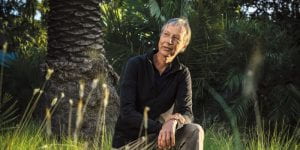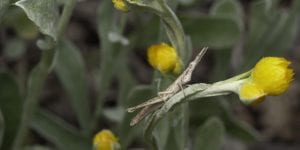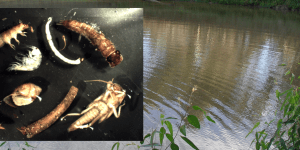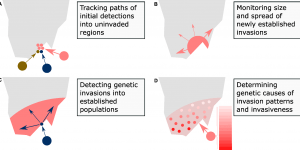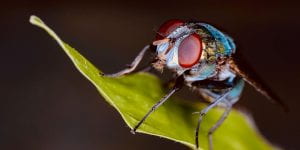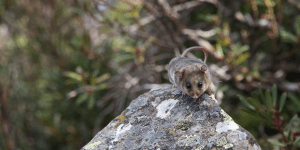Category: Blog
-
Dengue-blocking mosquitoes here to stay
This article was first published on Pursuit. Read the original article. Dr Perran Stott-Ross Story Producer: Nerissa Hannink Dengue fever and other mosquito-borne diseases remain a massive threat to human health and wellbeing. Urbanisation and climate change are likely to increase this threat as established mosquitoes spread to new environments and gain a foothold. Eradicating […]blogs.unimelb.edu.au/pearg/2022/04/12/dengue-blocking-mosquitoes-here-to-stay
-
A brief word from Ary Hoffmann on genetic rescue in Eastern Barred Bandicoots
Further details herehere -
Mini-beast renaturing: A time for local action
This article was first published on Pursuit. Read the original article. Dr Michael Magrath, Dr Steve Sinclair, Hiromi Yagui, Professor Ary Hoffmann and Professor Michael Kearney Insects in our environment are unsung heroes. These ‘mini-beasts’ are often inconspicuous, but they may have a huge impact on the health of ecosystems that sustain humanity. They pollinate […]blogs.unimelb.edu.au/pearg/2021/11/08/mini-beast-renaturing-a-time-for-local-action
-
Finding a common name for the matchstick grasshopper Vandiemenella viatica
Loading…blogs.unimelb.edu.au/pearg/2021/10/20/finding-a-common-name-for-vandiemenella-viatica
-
Melbourne Laureate Professor Ary Hoffmann | La Trobe University Distinguished Alumni Award winner
Ary’s alma mater, La Trobe University, have recognised his achievements with an award and a nice profile article here. There’s also a video interview -
Improving mosquito control strategies with population genomics
Words: Tom Schmidt When researchers want to investigate evolutionary processes like adaptation and dispersal, they frequently make use of population genomic methods. Population genomics uses DNA data from across an organism’s entire genome – that is, across all of that organism’s DNA. This DNA data can be compared with DNA from other organisms, which can […]blogs.unimelb.edu.au/pearg/2021/06/28/improving-mosquito-control-strategies-with-population-genomics
-
Fly infertility shows we’re underestimating how badly climate change harms animals
Belinda van Heerwaarden, The University of Melbourne and Ary Hoffmann, The University of Melbourne Evidence of declining fertility in humans and wildlife is growing. While chemicals in our environment have been identified as a major cause, our new research shows there’s another looming threat to animal fertility: climate change. We know animals can die when […] -
Variety is the spice of life… and key to saving wildlife
“This article was first published on Pursuit. Read the original article.” Dr Andrew Weeks and Professor Ary Hoffmann In the critical battle against extinction, conservationists use a variety of tactics to try to save species. One of the most fundamental tools is maintaining the amount of variation of genetic material (DNA) in a group of […]blogs.unimelb.edu.au/pearg/2021/06/10/variety-is-the-spice-of-life-and-key-to-saving-wildlife
-
The complexities of predicting climate change effects
This article was first published on Pursuit. Read the original article. Words: Dr James Camac, Nicholas Bell and Professor Ary Hoffmann We currently face significant challenges to accurately predict the impacts of our changing climate on individual species, as well as their ecosystems. A recent report on the demise of an area of snow gums […]blogs.unimelb.edu.au/pearg/2021/03/31/the-complexities-of-predicting-climate-change-effects
Number of posts found: 85

